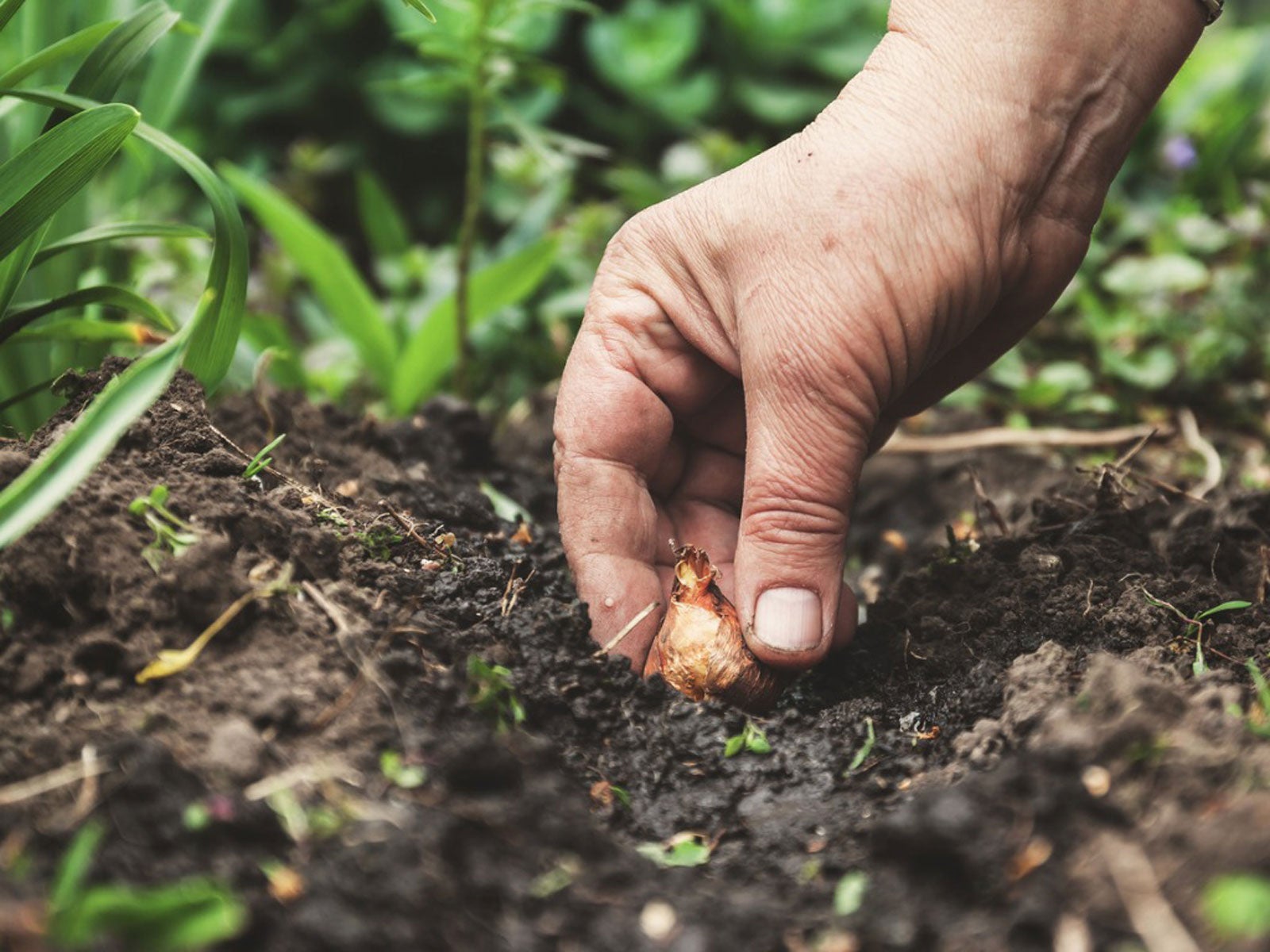May Garden Tasks – Gardening In The Pacific Northwest

May is the month that is reliably warming for most of the Pacific Northwest, time to tackle the gardening to-do list. Depending upon your location, northwest gardens in May might be fully sown or not started yet. May is the time to make sure that transplants and/or seeds are sown, but these aren’t the only May garden tasks that need attention.
The following article contains information on May garden tasks for northwest gardens.
May Garden Tasks for the Northwest
For most of the region, both nighttime and daytime temperatures have warmed sufficiently to complete planting of the vegetable garden. Before you get gung-ho though, be sure that your temps are reliably over 50 degrees F. (10 C.) at night. At that point you can move hardened off transplants outside for good.
That said, temperatures tend to dip here and there, so a night hovering under 50 degrees F. (10 C.) isn’t unusual just be prepared to cover plants if needed.
Most northwest gardeners have already planted their vegetables but if you haven’t, now is the time. Transplant hardened off, tender, heat loving veggies like peppers, tomatoes, eggplant, corn, beans, and sweet potatoes. Once the veggie garden is planted though, don’t think you can sit back on your laurels. No, there are plenty more May garden tasks to tackle.
May Gardening To-Do List
May is the month to plant not only the last of the veggies but also summer blooming plants like impatiens, petunias, and colorful coleus.
Now is also a good time to clean up early spring bloomers like azaleas and rhododendrons. Removing the spent blossoms not only tidies up the plant but preserves its energy since it isn’t using that to make seeds. Deadheading also helps prevent disease.
Sign up for the Gardening Know How newsletter today and receive a free copy of our e-book "How to Grow Delicious Tomatoes".
In northwest gardens in May, faded spring bulbs flourish. Now is the time to remove the spent blooms to preserve energy for the next season. Don’t cut back the foliage, allow that to die back naturally so the plant can reclaim nutrients for storage in the bulb.
If you have rhubarb, it’s probably ready to harvest and make into the first of the warm weather pies or crisps. Don’t cut the stalks as this fosters rot, instead, grasp the stalk and twist from the base.
Not only is May a good time to plant colorful annual blooms, but perennials as well. The clematis vines are just out of dormancy, so now is a good time to go choose one and plant it.
Lastly, with all these plants going in the ground, it’s a good idea to check on your irrigation system if you haven’t already. Test run each system manually for at least five minutes and watch the cycle to discover any leaks.

Amy Grant has been gardening for 30 years and writing for 15. A professional chef and caterer, Amy's area of expertise is culinary gardening.
